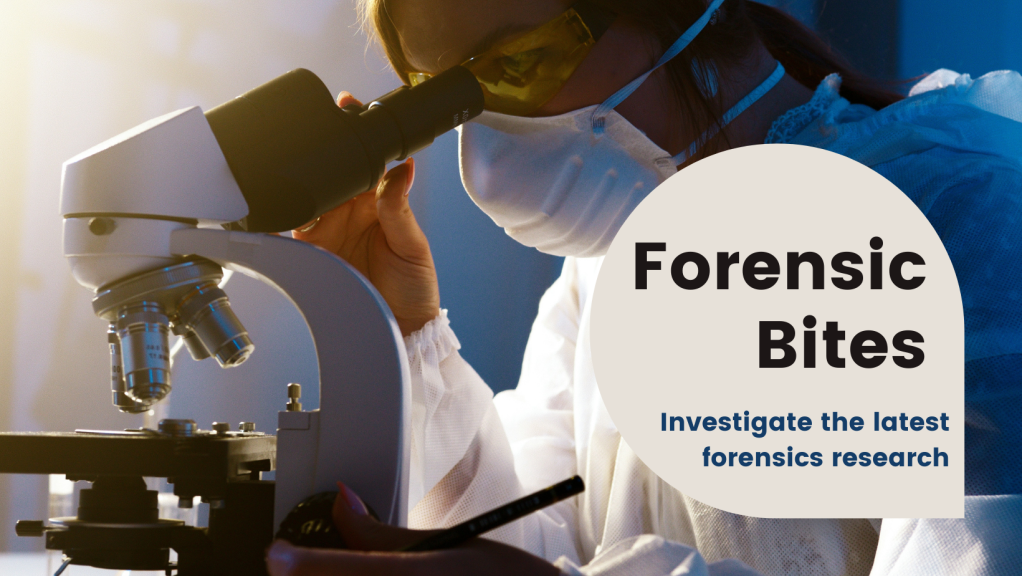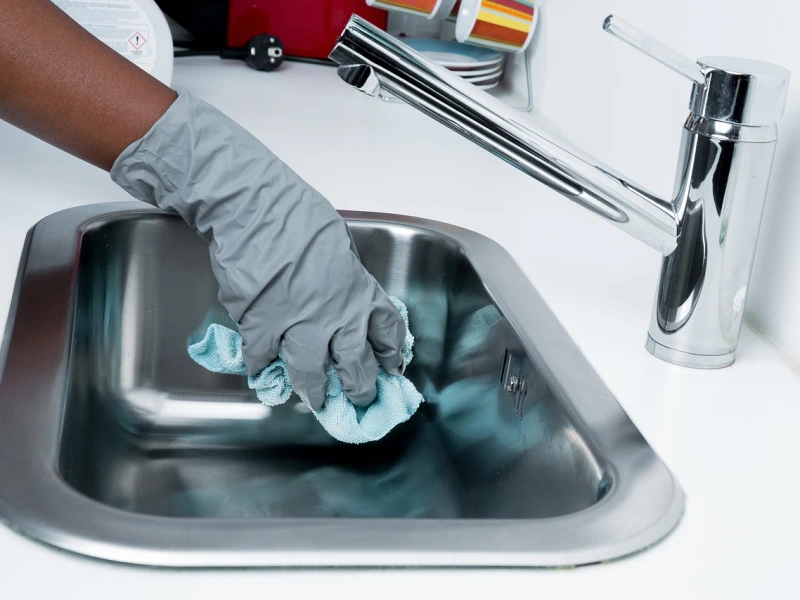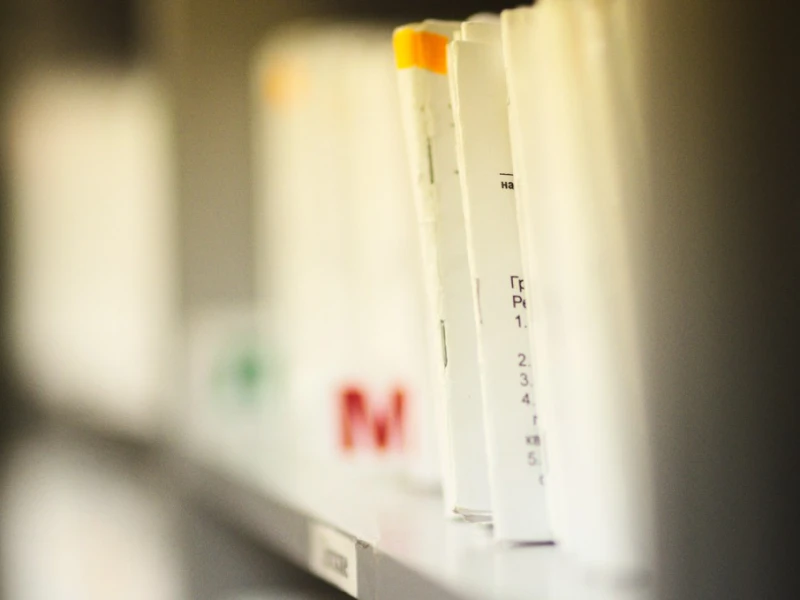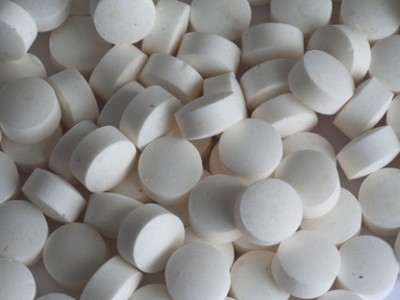The latest from ForensicBites
How do illicit drugs break down during crime scene cleaning: a story of meth and bleach
Once a crime scene has been released, crime scene cleaners come in to decontaminate the area. Although, their cleaning chemicals could be reacting with any drugs present – is that creating unsafe compounds for human health and the environment?
Overflowing with Information: Tracking Illicit Drugs in Amsterdam’s Sewers
Illicit drug use is a concern the world over and shows no signs of stopping its upward trends of usage. However, researchers in Amsterdam have developed a new quantitative method to track detailed drug use throughout the city.
Continue reading Overflowing with Information: Tracking Illicit Drugs in Amsterdam’s Sewers
Using Hair as an Indicator of Antidepressant Use Post-Mortem
Researchers searching for a way to track antidepressant usage from postmortem hair find that hair color influences drug retention more than time or length of hair.
Continue reading Using Hair as an Indicator of Antidepressant Use Post-Mortem
New research combats counterfeit medication with edible silk tags
Counterfeit medication poses a series threat to patient safety and public health. How can pharmaceutical companies guarantee their product is making it into patient hands? New work shows how companies can subtly mark their true products with edible silk “tags” inscribed with an invisible fluorescent code.
Continue reading New research combats counterfeit medication with edible silk tags
Faster Ways Of Making Paint Chips Tell It All
Researchers from the University of Central Florida determine a quicker way to use paint chip analysis for the investigation of vehicular crimes.
Continue reading Faster Ways Of Making Paint Chips Tell It All
Testing Positive for the Opioid Methadone Without Ever Using It
Researchers from Massachusetts General Hospital and Boston Medical Center investigate whether a commonly used urine drug test yields false positives for the opioid Methadone.
Continue reading Testing Positive for the Opioid Methadone Without Ever Using It
A new indicator of fire-related fatalities: hydrogen cyanide
While carbon monoxide is generally considered the major lethal agent in smoke inhalation, a case study of an elderly Romanian gentlemen highlights the contribution of another less-known killer – hydrogen cyanide.
Continue reading A new indicator of fire-related fatalities: hydrogen cyanide
Exploring the use of Micro-CT for assessing skeletal trauma
Skeletal trauma analysis is a complex process, particularly in child abuse cases. Can forensic scientists use 3D imaging technology to help identify and assess fractures?
Continue reading Exploring the use of Micro-CT for assessing skeletal trauma
Wildlife Forensics and the Fight Against Poaching
Researchers at the Wildlife Institute of India work to establish a DNA database of wild felines to combat the country’s illegal wildlife trade.
Continue reading Wildlife Forensics and the Fight Against Poaching
Fly Be-Gone: Discerning Bloodstains from Fly Stains with Electron Microscopy
Pelleti’s team at the University of Bologna developed a straightforward way to distinguish fly artifacts from real bloodstains using electron microscopy.
Continue reading Fly Be-Gone: Discerning Bloodstains from Fly Stains with Electron Microscopy










